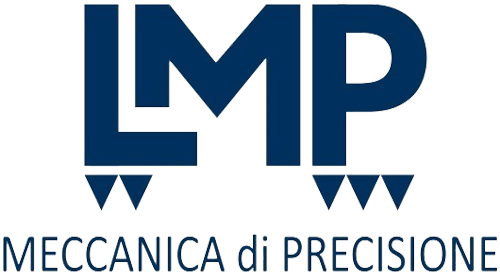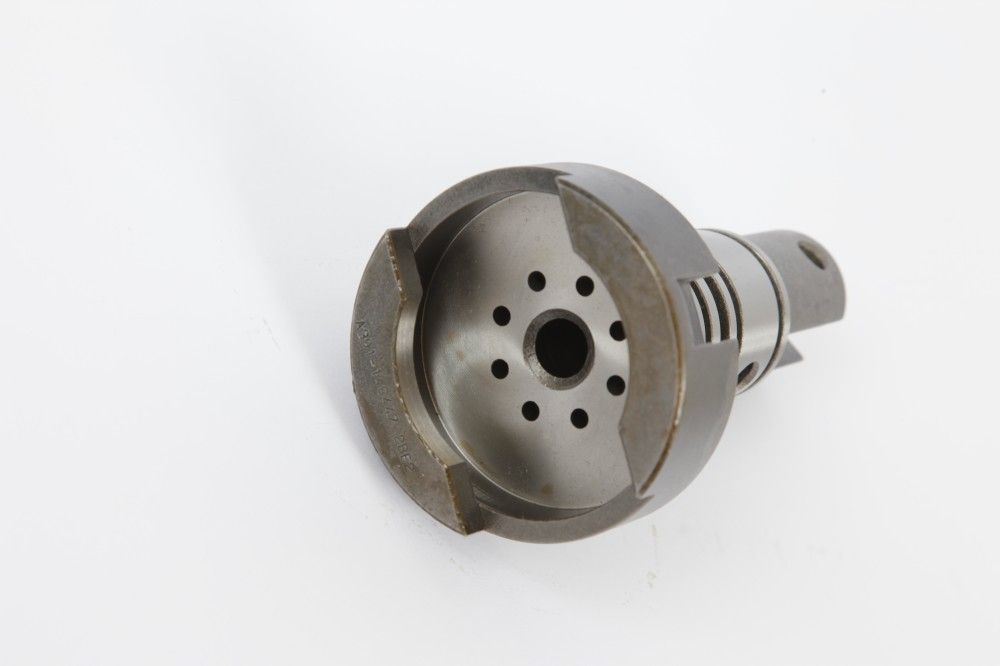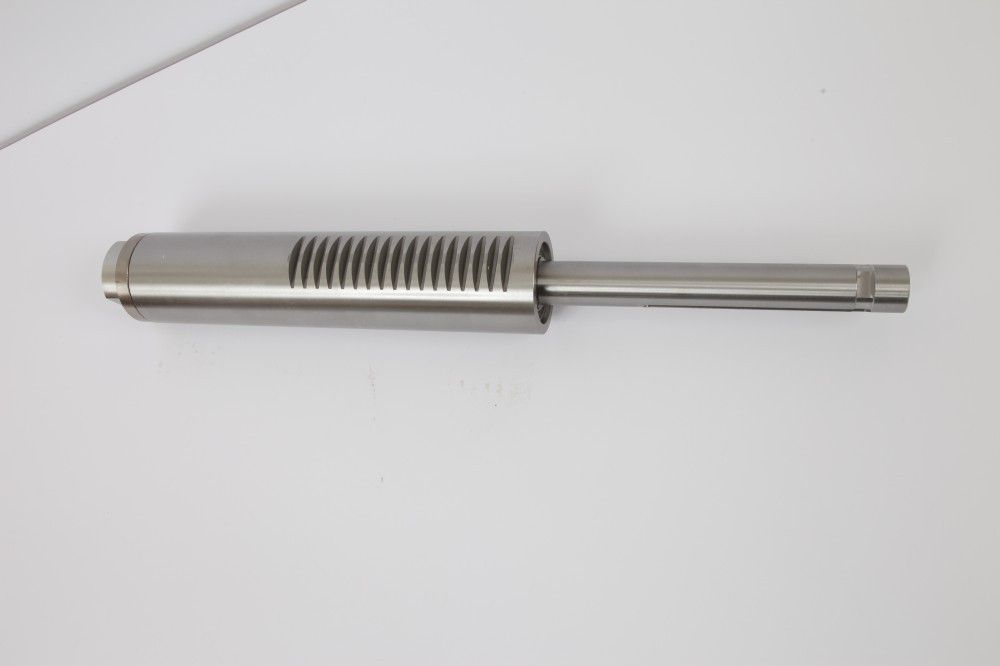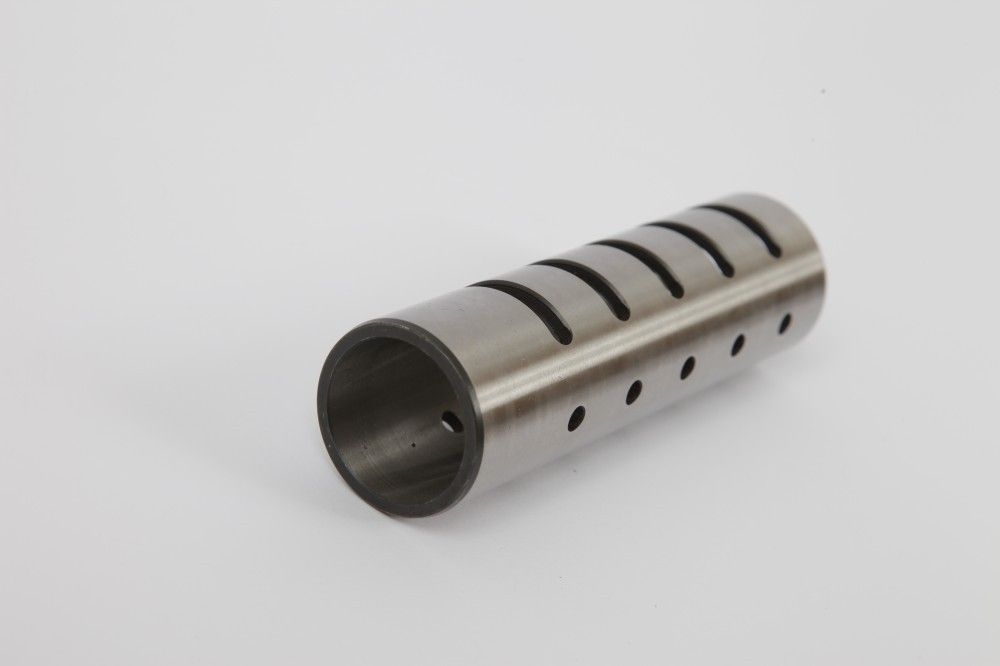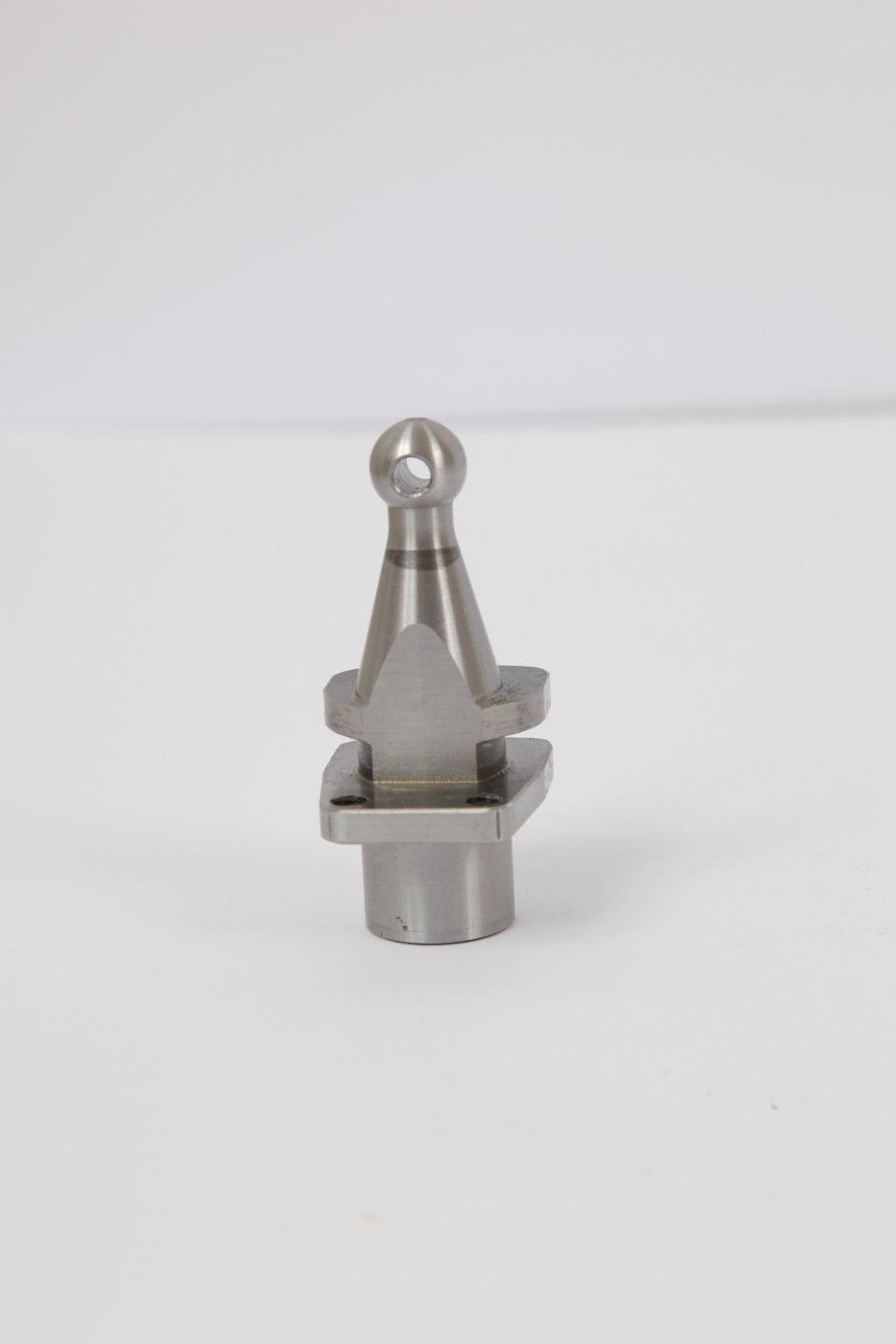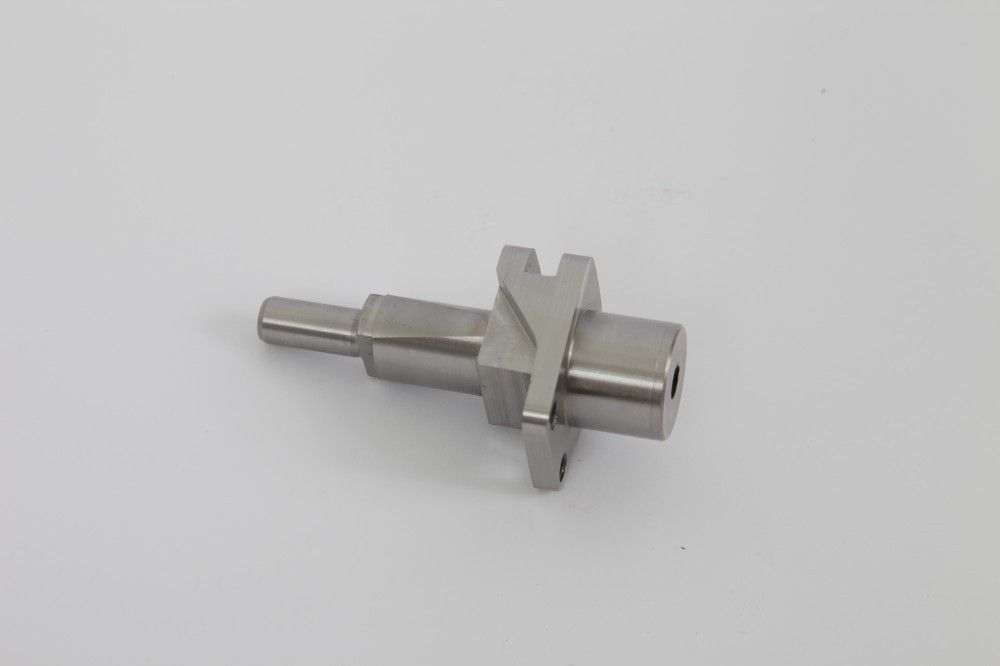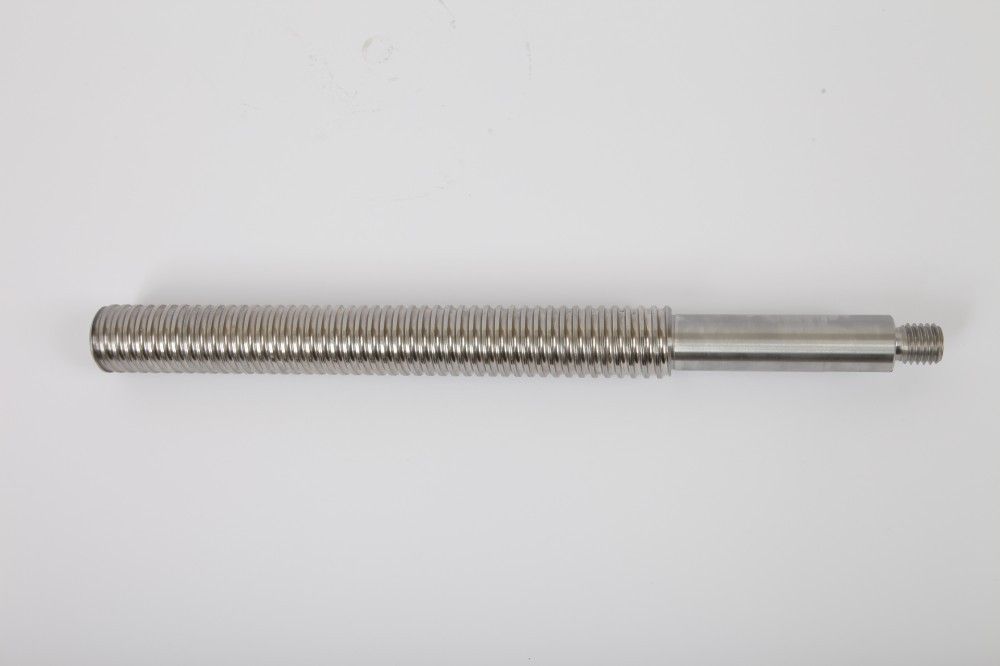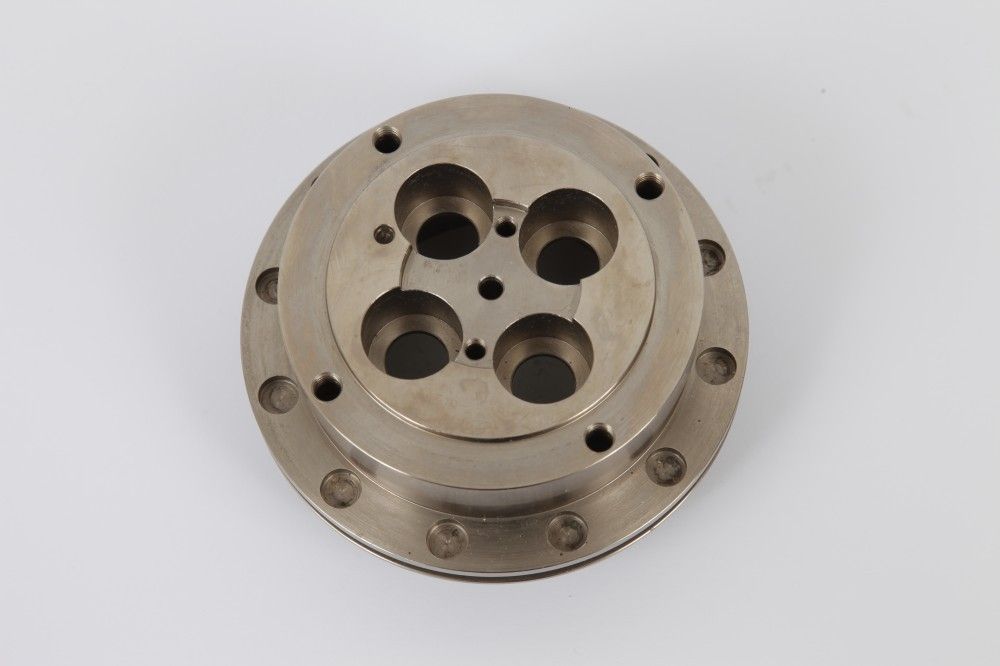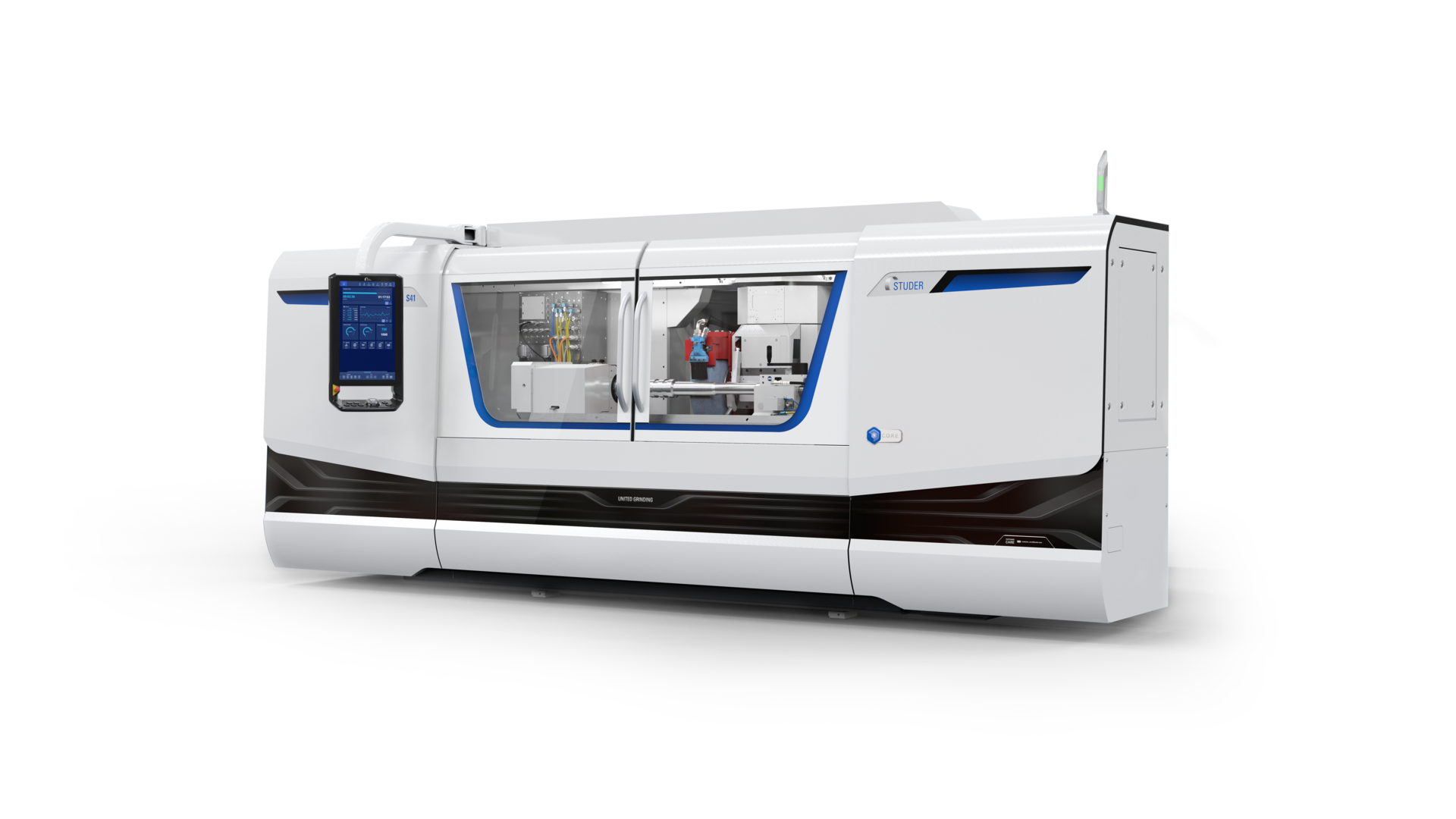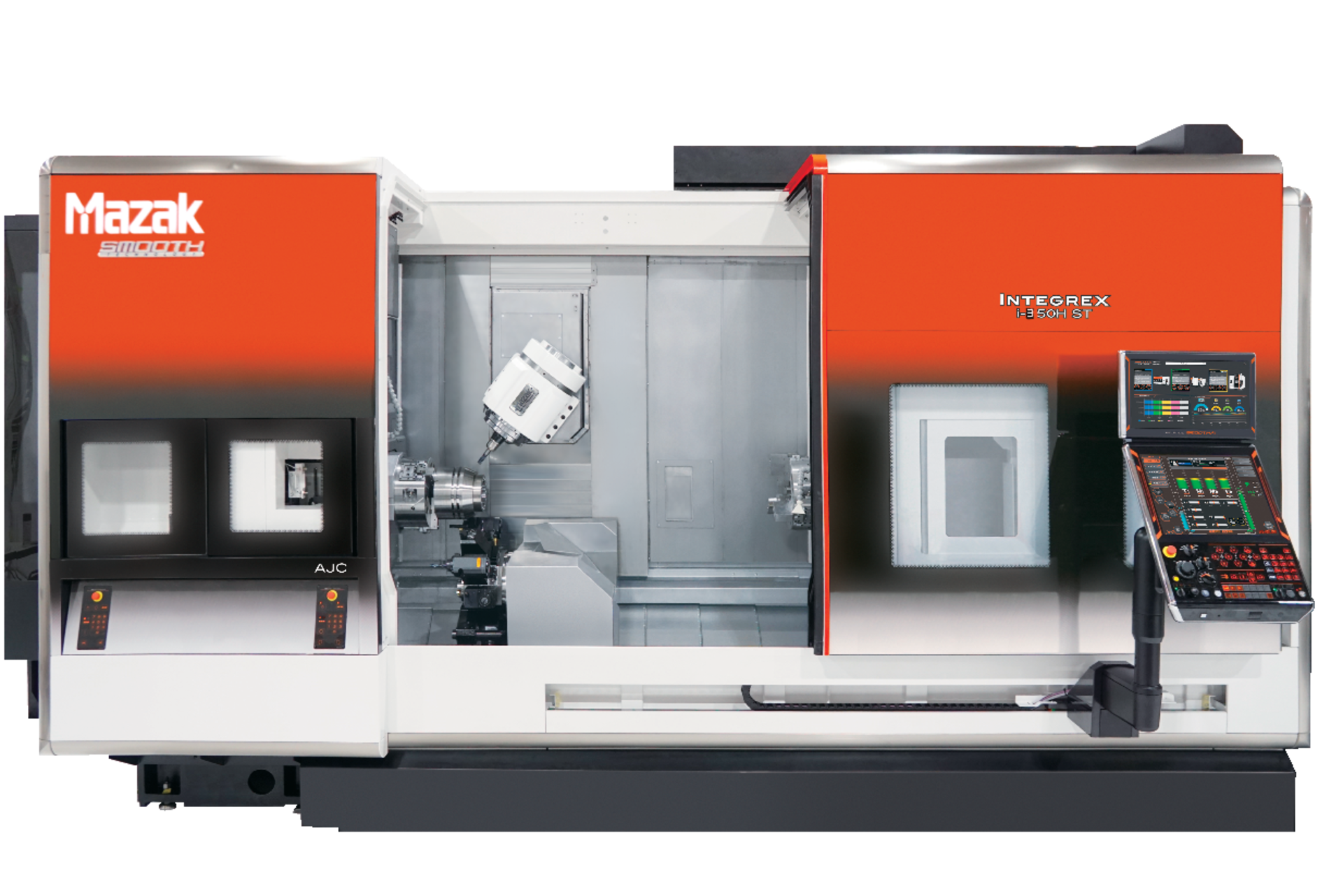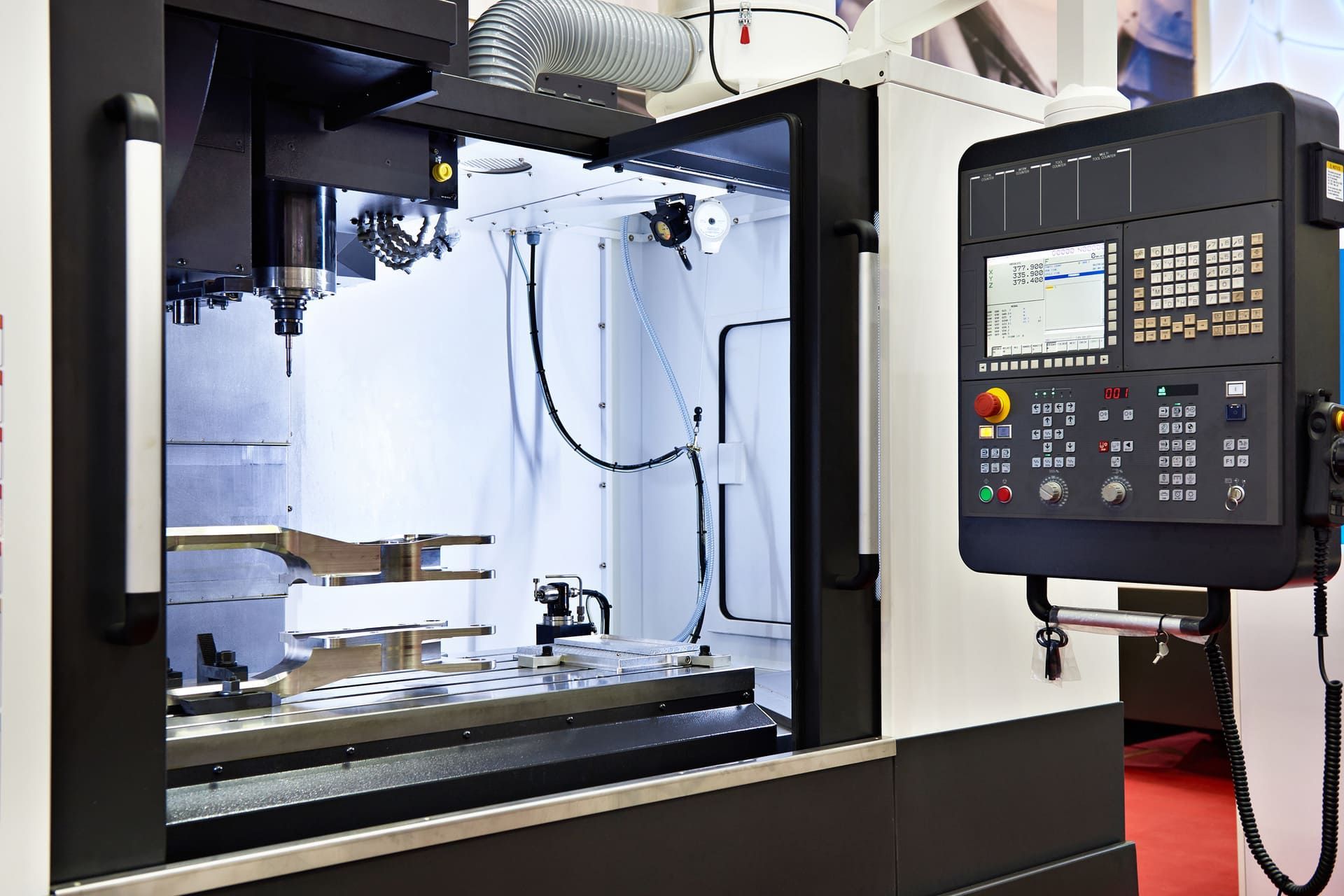OTHER PROCESSINGS
CUTTING - DEMAGNETIZATION - MARKING - HEAT TREATMENTS
CUTTING
Maximum optimization, no waste, for an always efficient warehouse.
L.M.P. has a raw material warehouse with a large quantity of alloy and non-alloy steel, bronze, aluminium, cast iron and special steels in general. This wide raw materials availability minimizes delivery times.
The raw material is cut using two automatic saws with a maximum diameter of 350 mm.
Thanks to the customized software, we automatically proceed to the necessary supply to the production, managing the warehouse automatically in order to obtain an updated vision, and always in real time, of the quantity of raw material available or necessary.
It also allows us to have all raw material information, such as the physical characteristics, the supplier, the casting, the conformity certificate and any state of commitment of the material itself.
DEMAGNETIZATION
Demagnetization is the process by which the magnetic charge is eliminated from an object.
There can sometimes be uncertainty in the adoption of magnetic solutions for clamping and lifting: this doubt is caused by the possibility that a magnetic charge remains inside the machined parts.
This is a frequent occurrence and the magnetic residue that may remain may vary randomly. Contrary to what many people think, not only locking or handling with the aid of magnets can be the origin of this phenomenon, but also other common operations in the field of mechanics can leave in the components a magnetic residue: for example welding operations, induction hardening, magnetoscopic checks, EDM, but also normal machining such as turning, forging, bending.
Although these values are usually low and do not interfere with the functionality of the workpiece, in some cases they can cause problems (difficulty in welding or, in surface treatments, metal dust residues on the surface resulting in increased friction and premature wear).
To avoid all these problems, L.M.P. offers a demagnetization service to eliminate the magnetic residues present as a result of processing, by using a tunnel demagnetizer, consisting of an electromagnet crossed by alternating current.
Free from magnetism, the workpiece will be suitable for the requirements of customers and standards: depending on the application, the part will be workable, weldable or washable. It is generally not possible to completely eliminate the magnetic field of an object, so the process induces a small "known" field, referred to as bias.
However, we are able to supply machined parts with a degree of magnetism lower than 4 Gauss.
Following the demagnetization operation, a final test is carried out using a digital gaussmeter with probe, to measure the residual magnetic field in tolerance.
MARKING
Marking is a particular process that makes every particular product traceable, through different permanent marking systems. At the customer's request, L.M.P. can marks parts for their traceability by micropercussion, electrolytic and laser machines.
Micropercussion marking is a permanent marking process that uses a punch to engrave a surface with a series of small strokes. This process is highly accurate and can be used on a wide range of materials.
Electrolytic marking can be used on all materials capable of conducting electricity, as the marking process takes place by passing a low voltage and low intensity electric charge from one electrode to the piece to be marked. It is a system capable of preserving the integrity of the engraved piece that in this way does not suffer stress from deformation, alterations of the structure and thermal damage.
Following a green environmental perspective, we have also adopted laser marking technology, because the environmental impact is low, with zero polluting emissions, because the technology does not use inks and solvents.
Laser marking, unlike many engraving techniques, does not cause removal of material. The laser is used to create a change in the color of the material, resulting in a visible mark with a minimal impact on the object.
TREATMENTS
The L.M.P. can supply the final product completed of heat, galvanic and surface treatments.
The quality of the treatments is checked in the temperature controlled metrological room.
Heat treatment consists of a series of processes that, through the use of heat, enhance and modify some structural, technological and mechanical properties of a metal. A series of heating and subsequent cooling cycles, obviously with a specific temperature and time ratio, modify the crystalline structure of a certain mechanical component, enhancing some peculiarities, such as hardness, resistance, tenacity and workability.
The galvanic treatment consists in the electrochemical deposition of a thin metal layer or an alloy which modifies the surface properties from a technical or decorative point of view, consequently improving the characteristics of the metal such as corrosion resistance, optical, electrical and mechanical properties.
The surface treatments are a wide range of industrial processes that alter the surface of a processed product to achieve a certain property, such as improving the appearance, weldability, corrosion resistance, oxidation resistance, chemical resistance, wear resistance, hardness, removal of burrs and other surface defects and control of surface friction.
Specifically, the treatments are:
- Case hardening
- Carbonitriding
- Gas nitriding
- Liquid nitridin
- Ion nitridin
- Normalizing
- Hardening tempering
- Induction hardening
- Burnishing
- NITRULESS
- Phosphating
- Galvanizazion
- Chemincal nichel-plating
- Chromium plating
Examples of machined precision mechanical parts.
L.M.P. is able to supply machining parts for any type of application. In particular, it specializes in the construction of products where heat and surface treatment of the steel is required with subsequent grinding finishing and possible lapping of the diameters.
Mechanical detail
ButtonInduction hardened piston, ground and lapped on the diameters
ButtonAssembly assembled
ButtonStem hardened, chromed and ground also in the grooves
ButtonAluminum detail
ButtonProcessing with motorized tools
ButtonAssembled detail
ButtonDetail eccentrically ground with 5th axis
ButtonMachining with non-cylindrical grinding machine with C axis
ButtonMachining with non-cylindrical grinding machine with C axis
ButtonMachining with non-cylindrical grinding machine with C axis
ButtonDetail in ductile cast iron
ButtonWorked piece in carbon fiber
ButtonBroached detail
ButtonToothed detail
ButtonOrder management
The use of customized software allows L.M.P. to carry out accurate production planning.
Quality check
Management of batch conformity and traceability at each processing stage with customized software.
ADDRESS
Strada del Collaretto, 27
12030 Caramagna Piemonte (CN) Italia
TELEPHONE
L.M.P. s.r.l. a socio unico
Capitale sociale: euro 500.000,00 i.v.
Registered office:
- Corso Re Umberto, 8, 10121 TORINO (TO)
Operational and Administrative Headquarters:
- Strada del Collaretto, 27, 12030 CARAMAGNA PIEMONTE (CN)
P.IVA/C.F. 11820120019 - Site created by
etinet.it
